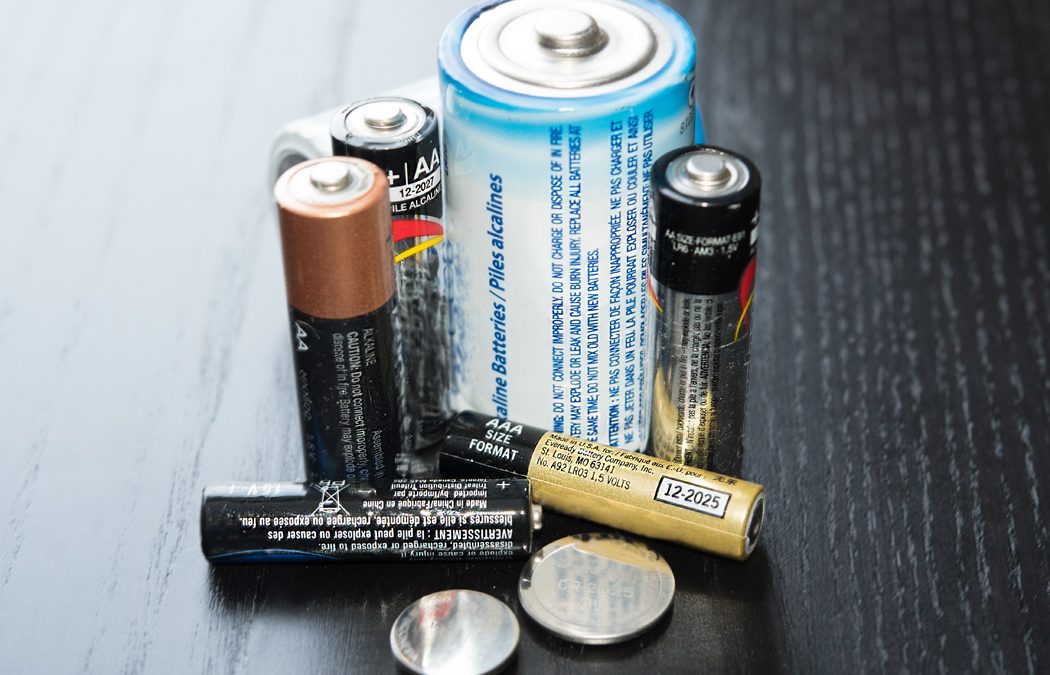
by d_admin | Apr 25, 2019 | Environment, Janice Willson, Nature, Science in the Real World
Earth Day was a couple of days ago and we thought we would take this opportunity to discuss an environmental issue that is quite Canadian. Canada is one of the wealthiest of countries in regards to its access to water; our supply represents approximately 20 percent of...

by d_admin | Feb 21, 2019 | Biology, Janice Willson, Medical, Science in the Real World
Recently there has been a rise in many childhood diseases due to peoples’ refusal to vaccinate their children. Rises in the occurrence of measles, mumps, pertussis, and rubella have been seen in North America and across Europe and is becoming more common. The World...

by d_admin | Dec 20, 2018 | Innovation, Janice Willson, Science in the Real World, Science News
The battery is not typically a subject that stirs the soul and makes people sit up and listen but there is a lot happening in the world of batteries and the area of renewable energy. Batteries currently (pun completely intended) come in all shapes and sizes and power,...

by d_admin | Nov 1, 2018 | Innovation, Janice Willson, Science in the Real World, Science News, Science Quirkiness
There has been a lot of talk in the past year or so about mans’ eventual (hopefully) trip to the planet Mars and all that that trip may entail. NASA, the European Space Agency (ESA), and China National Space Administration (CNSA) all have plans in place to make this a...

by d_admin | Oct 25, 2018 | Janice Willson, Nature, Science in the Real World, Science Quirkiness, The Night Sky
Hallowe’en is coming and I thought that I might write about the science behind some ghoulish happenings and beliefs. I do not mean to take any of the fun out of the day (who doesn’t love a little fright?) but give you some sciencey insight into a few things. I have...

by d_admin | Oct 11, 2018 | Janice Willson, Science in the Real World
Fingerprints are the unique impressions left by the raised ridges of the fingers (and palms, soles of the feet, and toes). They are caused by sweat and can be detected in a number of ways using dyes, lasers, or chemicals and have been used in identifying people for...







